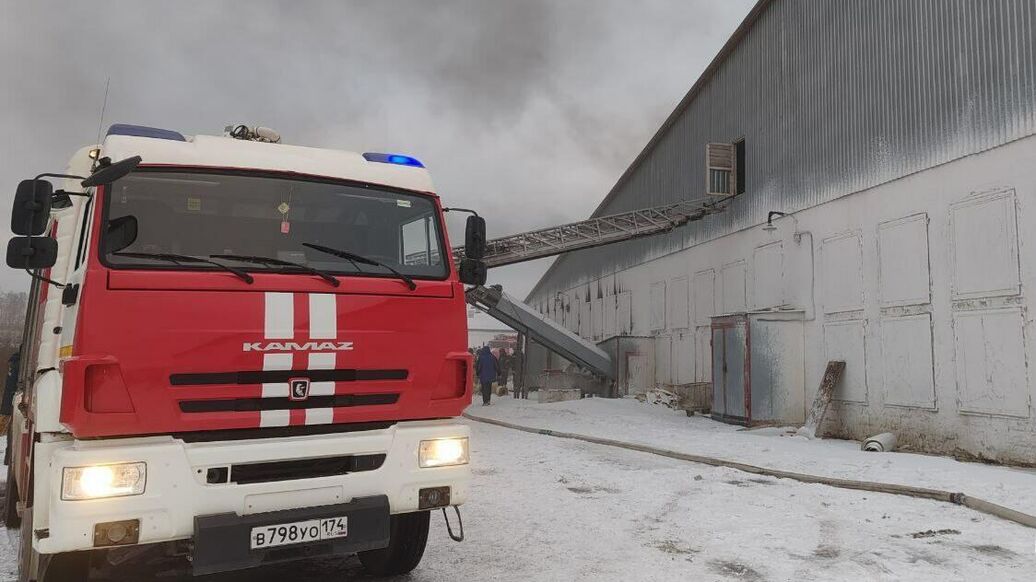Experts reject 'clean air turbulence' explanation for horror Singapore Airlines flight SQ321
A former Australian Air Force and Qantas pilot with more than three decades of experience flying passenger aircrafts has shared his theory on what happened aboard a fatal Singapore Airlines flight.
A former Australian Air Force and Qantas pilot with more than three decades of experience flying passenger aircrafts has shared his theory on what happened aboard a fatal Singapore Airlines flight.
Retired pilot Richard Woodward believes Singapore flight SQ321 from London to Singapore ran directly into a thunderstorm on May 21, 2024.
Flight radar images from the crash show other planes flying over Myanmar - where flight SQ321 ran into catastrophic turbulence, claiming one life and injuring more than 100 others - avoided building storm activity.
However, SQ321 stayed true to its intended path and headed straight into the thick of the storm.
Mr Woodward called the decision a terrible miscalculation.
Looking at the radar images, he told 60 Minutes on Sunday: Theyre showing [storm] cells developing all over southern Myanmar, so a big area of thunderstorm activity.
Of course, youd either be going down the coast and swinging around or picking your way through the cells, but you certainly wouldnt try and fly downwind of the thing because thats where the weathers getting blown to.
Mr Woodward explained passengers jumped from a massive updraft to a massive downdraft, causing them to slam into the overhead cabin lockers.

Retired pilot Richard Woodward (pictured) on Sunday shared his theory that Singapore flight SQ321 from London to Singapore ran directly into a thunderstorm on May 21, 2024

Flight radar images (above) from the crash show other planes flying over Myanmar avoided building storm activity. However, SQ321 (shown in red) stayed true to its intended path and headed straight into the thick of the cell
The airplane falls effectively falls 178ft, which puts everyone whos not strapped in on the roof in the back of the airplane and you pin there while the airplanes falling, he said.
But within a couple of seconds it goes back to positive G-force and you bang back down to whatevers below you - seat backs, seats floor, you name it, whack - its all over in 4.6 seconds.
Its unheard of to get that sort of damage in that time.
Mr Woodward believes pilots may have misjudged the strength of the storm system and attempted to fly over it.
I think in their view, this is benign area and they think they can just over fly it, keep going, he said.
Many media outlets initially reported the flight had been subject to clear air turbulence, a rare phenomenon which sees strong turbulence suddenly hit aircraft with little visual warning.
However, Mr Woodward said clear air turbulence is very rare in tropical areas such as Myanmar, and pilots on SQ321 should have been able to see lightning from the storm.

Kerry Jordans spine was broken when she was thrust up from her seat, into an overhead cabin (pictured, Ms Jordan with her partner, Keith Davis)
The crew would be seeing all these cells developing on the radar and weighing up whether they need to go around it or not, but it appears from the fact that theyre not deviating, they think they can fit through, he said.
...You dont get to sit in the front of a big airliner unless youve done years and years of training, but we dont know what was going on in the flight deck and we dont know what they were looking at.
If pilots did make the decision to move through the storm cell, it was a choice that changed South Australian passenger Kerry Jordans life forever.
Ms Jordans spine was broken when she was thrust up from her seat, into an overhead cabin.
The horrific injury saw Ms Jordan, a dance teacher, paralysed from the waist down and bound to a wheelchair, likely for the rest of her life.
She has remained in hospital since the devastating crash and will not be able to return to her former home due to access issues.
Ms Jordan and her partner, Keith Davis, have been offered just $75,000 from Singapore Airlines.
When asked what he believed the cause of the crash was, Mr Davis said: Someone took their eyes off the dial... what else can I think?
If you put yourself in a situation that could have been avoided by diverting... when youre hearing information that other flights that are in the air at the same time in the same region are doing exactly that, it just beggars belief.
The data doesnt lie.

Ms Jordan (pictured), a dance teacher, was paralysed from the waist down and bound to a wheelchair, likely for the rest of her life
A Singapore Airlines spokesperson said the carrier apologises to all passengers for the traumatic experience on board SQ321.
We are discussing the compensation details directly with the affected passengers or their appointed representatives, they said.
Singapore Airlines is committed to providing all necessary support and assistance to the passengers who were on board SQ321.










